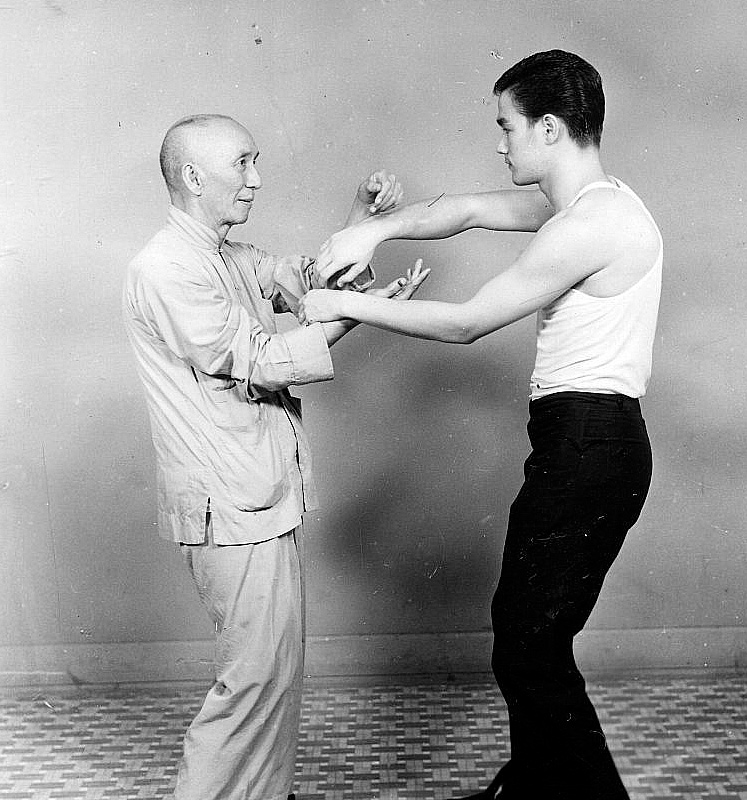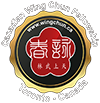Wing Chun ChiSau
Chi Sau (黐手) (or Sticky hands) is so tightly linked to Wing Chun (Ving Tsun) that it could be said that without Chi Sao there would be no Wing Chun, and without Wing Chun there would be no Chi sau. Chi sau, much like the Mook Yun Jong is very much apart of Wing Chun’s signature.

Yip Man and Bruce Lee doing Chi Sau
Chi Sau
ABOUT THE WING CHUN CHI SAU (STICKY HANDS).
Chi Sau (黐手) (or Sticky hands) is so tightly linked to Wing Chun (Ving Tsun) that it could be said that without Chi Sao there would be no Wing Chun, and without Wing Chun there would be no Chi sau. Chi sau, much like the Mook Yun Jong is very much apart of Wing Chun’s signature.
Chi sao has intrigued martial artists the world over. Chi sau (sticky hands) offers the Ving Tsun practitioner a constructive laboratory to understand and experiment with Wing Chun theories, principles and techniques found in the three empty hand forms in a dynamic laboratory, while developing sensitivity without going into full combat.
In the beginning, chi sao is very structured so that a student learns both the proper mechanics of chi sao and to see the basic principles of Ving Tsun in use. At the most advanced stages of chi sau, a Wing Chun practitioner is free to explore their own understanding of the Ving Tsun principles in a ‘free-style’ unscripted practice. This level would include various forms of hand and leg trapping, kicking, even takedowns.
The Canadian Wing Chun (Ving Tsun) Fellowship believes that throughout chi sau practice, it is kept friendly and in partnership, with the level of training agreed to by the two practitioners. Chi sao is about learning Wing Chun concepts by experience, not about beating partners.
At the Canadian Wing Chun (Ving Tsun) Fellowship, we stress relaxation, softness and sensitivity during lok sau (rolling hands). One critical component being taught in chi sau is sensitivity. Without sensitivity, chi sau would be nothing more than a form of wrestling. Wing Chun is about absorbing and redirecting incoming energy (force) not meeting force with force. Without sensitivity, a Ving Tsun practitioner would not be able to ‘read’ the incoming force and redirect it efficiently, and fluidly.
